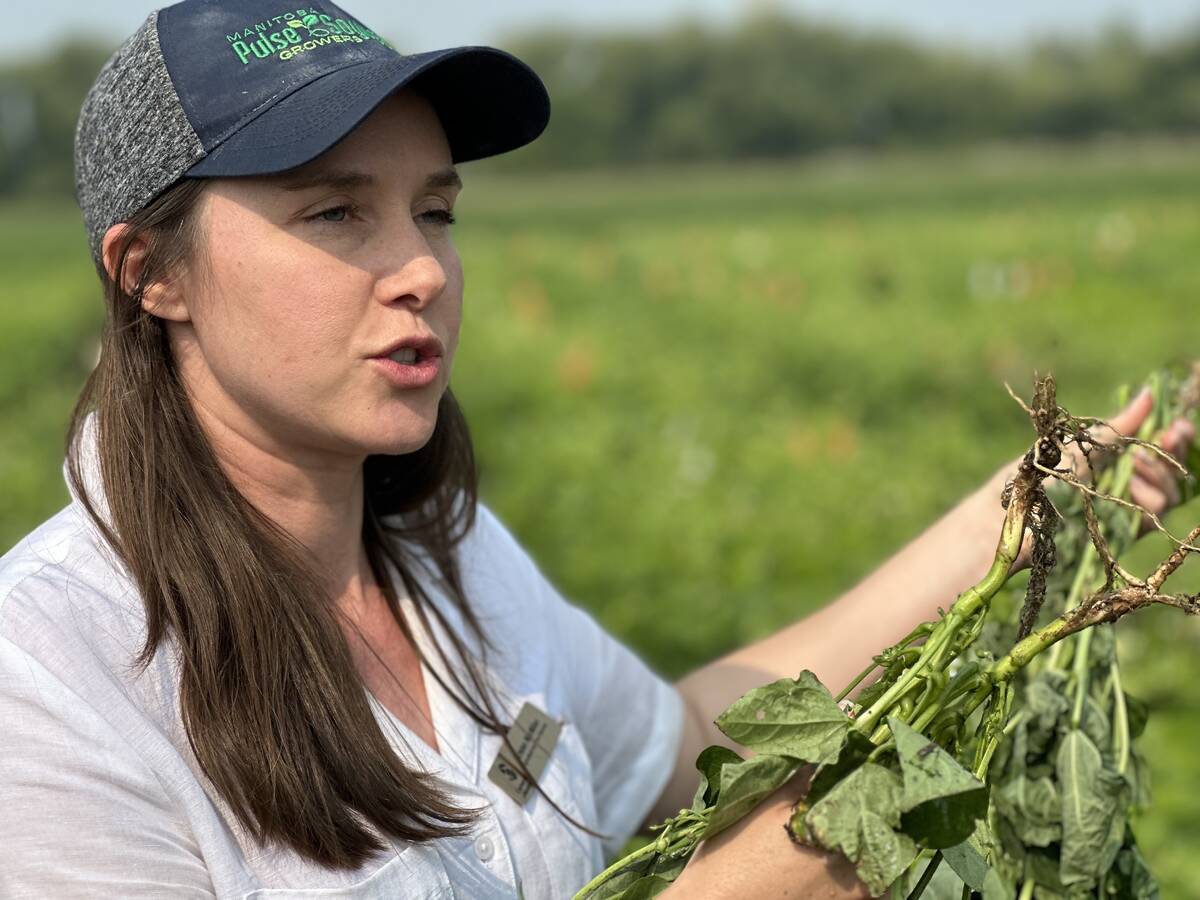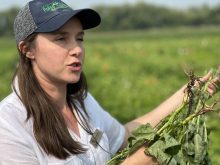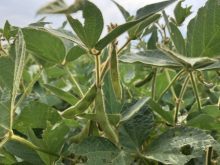In the mid-1980s, Elmer Kaskiw learned a hard lesson about the risks of growing winter cereals.
The Shoal Lake, Man. producer was a big fan of winter wheat until an onset of rust decimated his crop in 1986.
“It basically ended up being a crop disaster and there was no fungicide at that time for us to use,” said Kaskiw, also an agriculture representative for Manitoba Agriculture.
“It turned everybody off winter wheat until 1995 when people started looking at it again.”
That’s when the new variety Kestral, touted as having high yield potential and good straw strength, was released to the market.
Read Also

Lower nitrogen rates in dry beans could pay off for farmers
Manitoba research is testing whether reduced nitrogen fertilizer in dry beans can maintain yields while cutting costs and lowering greenhouse gas emissions.
“Now with better seeding equipment, the new variety and fungicides, farmers are back in the field looking at it again.”
Kaskiw is one of those farmers, and he likes what he sees.
In 1995 his winter wheat yielded about 60 bushels per acre. Some producers even reported up to 80 bushels, he said.
This year, the crop proved its dry-weather hardiness by coming through a hot July, usually the time when yield is determined, with another 50 bushel an acre crop.
“It’s definitely gaining momentum, but you have to be careful because something can always catch you off guard like when you think you have everything figured out like we did in ’86.”
The popularity of fall-seeded crops is picking up in many regions for as many reasons as there are farmers who’ve decided to switch, said Dave Campbell, a crop specialist with Manitoba Agriculture’s soils and crops branch.
“It’s still not about to knock spring cereals out of first place, but there’s very definitely an increase in acreage and I think it’s good,” Campbell said.
It has been so good, the Saskatchewan Winter Cereal Growers is on the verge of blossoming into an organization to represent farmers who grow fall-seeded crops right across the Prairies. If that happens, membership is expected to double.
Yet while the increased membership suggests more interest, seeded acreage for winter wheat in Saskatchewan has dropped to 100,000 in 1997 from 120,000 in 1995. Alberta acreage has held steady at 100,000 in those two years.
Meanwhile, Manitoba has 70,000 acres planted in winter wheat this year, compared to 25,000 in 1995.
In all winter cereals, Manitoba farmers are expected to grow more than 100,000 acres within the next two crop years, said Darryl Domitruk, of Manitoba Agriculture. That’s double the amount planted this year.
The increase is part of a long-term trend, not just a reaction to a spike in the market, Dom-itruk said. It signals that producers are looking for options in response to recent farming challenges.
For example, farmers in eastern Manitoba are planting in the fall, hoping the crop will be further along when risk of fusarium is greatest.
“In the natural cycle of fusarium spores, they’re not active yet when winter wheat is most susceptible,” Domitruk said. “It’s a great escape mechanism for the crop.”
In western Manitoba, the trend toward winter cereals is following a growing interest in zero tillage practices.
“Zero tillers are looking for increased diversity in their operations and it allows them to manage their time better if 25 percent of the crop is in the ground in the fall,” he said.
“The crop also gets up earlier and competes better with wild oats and broadleaf weeds that emerge later.”
Drier in the fall
For farmers in the Red River Valley, which has seen a string of wet springs, growing winter wheat means seeding into drier ground.
What makes winter wheat varieties different is a single gene that allows the seed to survive over the winter.
An inch below the surface of the soil, the seed undergoes a biochemical change enabling it to survive up to -20 degrees C.
But Manitoba winters get colder than that, and that’s why winter cereals work well with zero till operations.
“The insulating snow layer that is caught by the standing stubble in the field keeps the ground usually at above minus 10,” said Domitruk.
“If you get a February thaw where the snow disappears, it gets to plus 10 for a week and then drops to minus 30, plants lose their cold hardiness and the snow is not there for insulation.”














